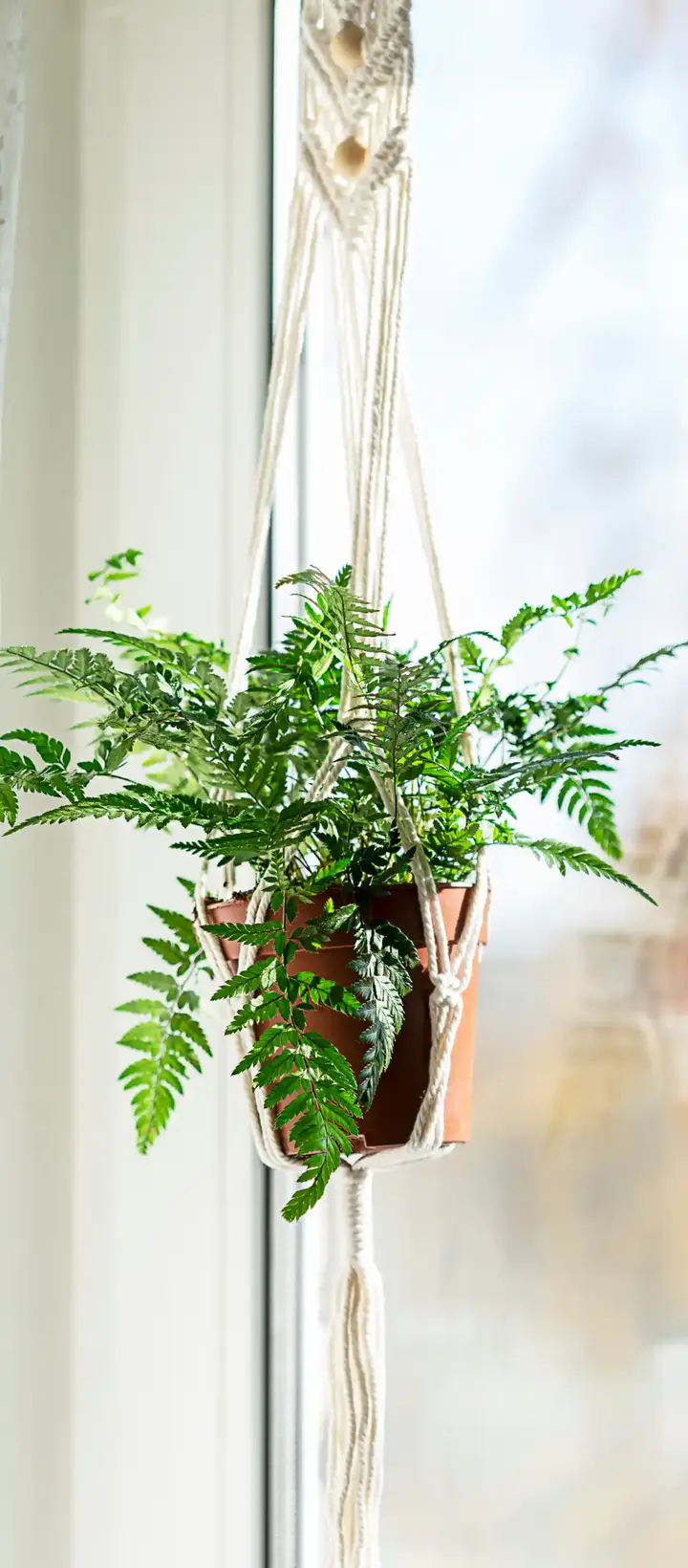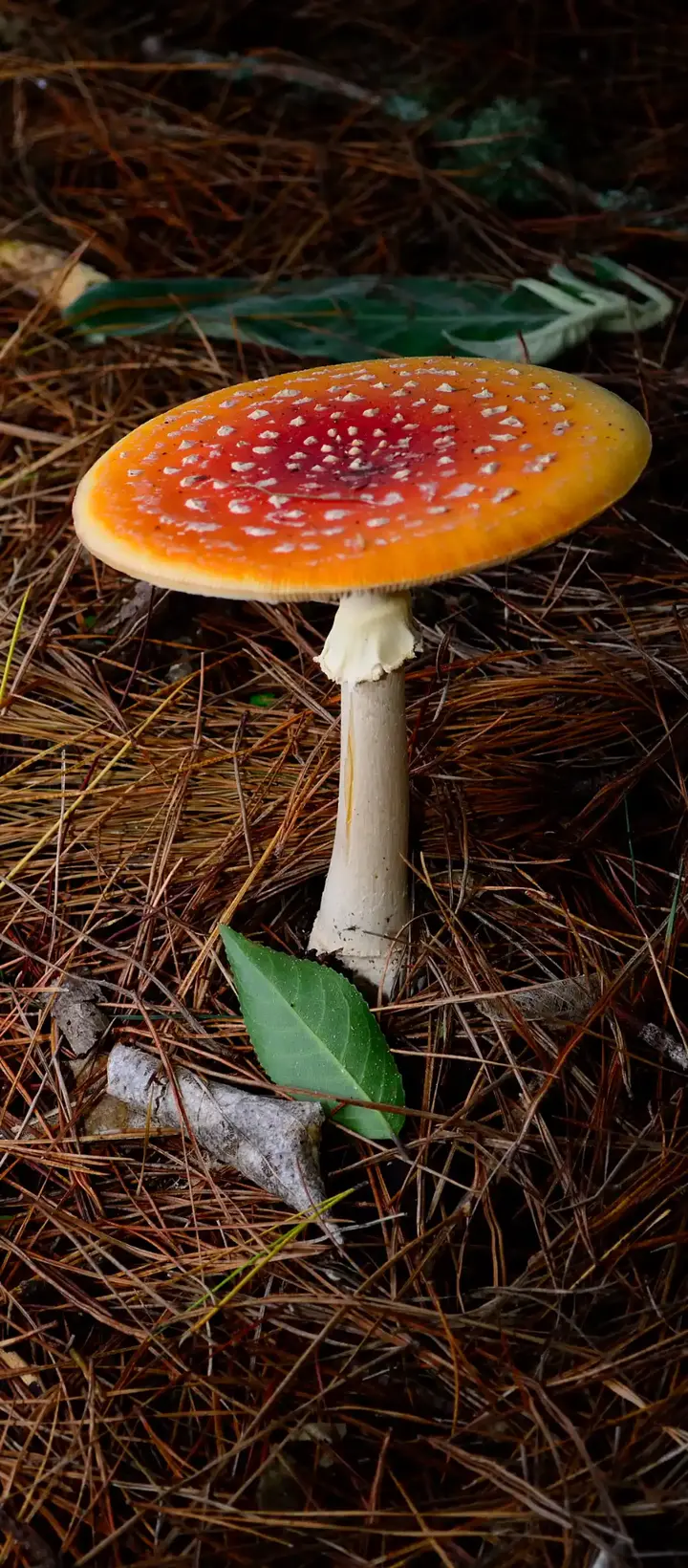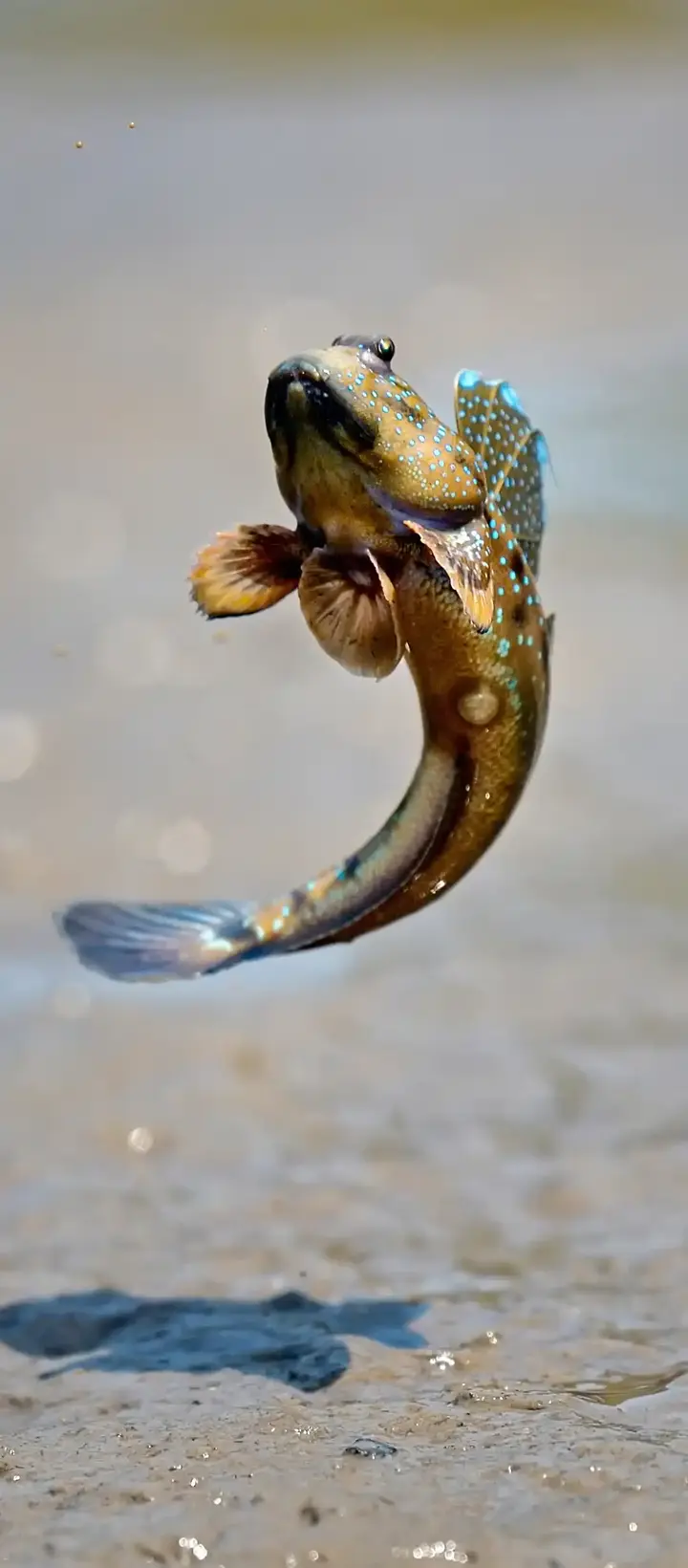1200 مرة. يتركز السم في الكبد والأمعاء والعينين، ويُصيب الإنسان بالشلل ويوقف التنفس خلال 24 ساعة. لا يُسمح بطهوها إلا لطهاة مرخَّصين يجتازون تدريبًا صارمًا لإزالة الأجزاء السامة.
فاكهة آكي، الرمز الوطني في جامايكا، تحمل سم الهيبوجليسين A قبل النضج، ويُنزل السكر في الدم إلى مستويات خطيرة، ويُدخل الشخص في غيبوبة أو يقتله. تُؤكل فقط بعد أن تنفتح القشرة الحمراء ويظهر داخلها ثلاث حبات بيضاء، وتُسلق غالبًا لتخفيف بقايا السم.
السناكجي هو طبق كوري يُقدَّم فيه مخالب أخطبوط حي. لا يحتوي على سم، لكن أذرعه تلتصق بالحلق وتُغلق مجرى الهواء، فيُختنق الإنسان. يُطلب من الآكل أن يمضغ اللوامس مئة مرة تقريبًا قبل البلع؛ سنويًا يموت نحو ستة أشخاص بسبب هذا الطبق.
هاكارل هو لحم قرش آيسلندي يُترك ليتخمر ثم يُجفَّف. يحتوي على مركبات سامة تزول بالتخمر والتجفيف الطويل. إذا تُرك خطوة واحدة ناقصة، يُسبب تسممًا حادًا ومشكلات صحية خطيرة. يشتهر برائحة أمونيا قوية وطعم يُرفض من كثيرين.
الراوند نبات شائع في الحدائق، لكن أوراقه تحمل حمض الأكساليك السام الذي يُدمّر الكلى ويقتل إذا أُكلت كميات كبيرة. حتى حفنة صغيرة تكفي لإحداث غثيان وضيق تنفس ومضاعفات خطيرة.
الكسافا، أو المنيهوت، يحتوي على السيانيد في صورته الخام. يُباع نوعان: حلو ومر. النوع الحلو يُسلق فقط ليصبح صالحًا، أما المر فيُبشر ويُنقع لعدة أيام ثم يُطهى على نار قوية حتى تتبخر الغازات السامة.
الفاصوليا الحمراء النيئة أو غير المسلوقة جيدًا تحتوي على بروتين نباتي يُسمى الراصة الدموية يسبب تكتل كريات الدم الحمراء ويُحدث قيئًا وآلامًا بطنية شديدة. تُنقع ليلة كاملة ثم تُغلى على الأقل عشر دقائق لتصبح آمنة.


